KYIV. Nov 15 (Interfax-Ukraine) – The approaching cold weather has nearly brought spot prices and futures contracts together on the European market.
The day-ahead contract at the Dutch TTF gas hub has risen to $1,153 per thousand cubic meters despite having dropped to $225 per thousand cubic meters in early November, and the nearest December futures contract is trading at $1,255 per thousand cubic meters.
Gazprom’s request for pumping Russian gas through Ukraine has not changed markedly from the previous days and months.
The Gas Transmission System Operator of Ukraine, or GTSOU, has accepted a booking from Gazprom today to transport 42.4 million cubic meters of gas through the country, as on Monday, data from GTSOU show.
Capacity was requested only through one of two entry points into Ukraine’s Gas Transmission System, the Sudzha metering station. A request was not accepted through the Sokhranovka metering station.
Winter-like temperatures should settle in Europe already by mid-week, and are expected to drop to a multi-year low toward the weekend, though the forecast could change several times a day. However, nighttime temperatures have started consistently dipping below zero.
Wind turbines have generated 15% of the EU’s electricity on average this week following 20% on average last week, according to data from WindEurope.
The day-ahead contract for Wednesday at the Dutch TTF gas hub in the Netherlands has risen to $1,153 per thousand cubic meters, having jumped 61% in just one day, despite having dropped to $225 per thousand cubic meters in early November; and the nearest December futures contract is trading at $1,255 per thousand cubic meters on the TTF index.
In Asia, the most expensive winter futures contract for February on the JKM Platts index is now $1,035 per thousand cubic meters on the heels of European prices.
The Nord Stream pipeline has been fully shut down owing to a number of sanctions-related problems regarding equipment maintenance. At the end of September, two lines of Nord Stream 1 and one line of Nord Stream 2 ruptured near the Danish island of Bornholm.
Europe has demonstrated a new model for managing the gas balance during the protracted pre-winter period by using LNG inventories in receiving tanks first rather than gas in underground gas storage (UGS) facilities as temperatures drop, though European terminals seem to have already hit a certain "glass ceiling" in capacity. Although the all-time high for utilization was 77%, it hit 74% last week at just the beginning of the autumn and winter period.
Europe is just about to begin net offtake of winter gas reserves, and injection has been only tenths of a percentage point over the past few days.
The beginning of offtake season this year will be the latest since Gas Infrastructure Europe began monitoring in 2011, with the previous latest date coming on November 4, 2013.
Inventories in UGS facilities are currently 95.55% as of November 13, the last reporting date, having grown 0.07 of a percentage point, according to Gas Infrastructure Europe data. Over 102 bcm of active gas have accumulated in UGS facilities in absolute terms. Meantime, France and Romania had net offtake for the gas day on November 13.
Gazprom has also warned that, "The load on UGS facilities in Europe will be higher than in previous years owing to the changed logistics and sources of gas supplies to the European market."
In response to the lower temperatures, European LNG-receiving terminals have boosted regasification volumes, and the capacity-utilization factor has been 67% since the beginning of November against an average of 60% in October.
The U.S. has dramatically increased the rate of injecting gas into storage facilities during the last reporting week to compensate for not keeping on schedule during the summer. In the week ending November 4, 2.2 billion cubic meters of gas had been accumulated, which was double the previous week, and overall again in line with the average injection rate this autumn.
The current level of inventory is around 75%, which is just 2% lower than average for the past five years. Nevertheless, the figure is significantly less than inventories at UGS facilities in Europe and in Russia, according to the U.S. Energy Department’s Energy Information Administration.
The EIA currently expects UGS stocks to drop by 60 billion cubic meters this winter to the average for the last five years. Natural gas volumes in storage facilities should total 40 bcm by the end of March, which would be 8% below the average for five years.
